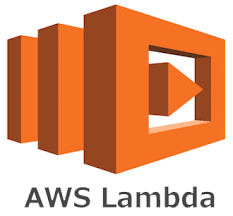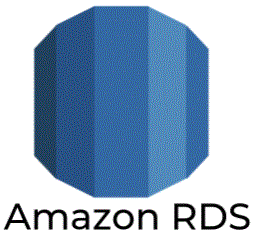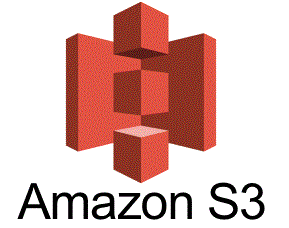134. How does AWS Lambda process data from Amazon Kinesis streams and Amazon DynamoDB Streams?
The Amazon Kinesis and DynamoDB Streams records sent to your AWS Lambda function are strictly serialized, per shard. This means that if you put two records in the same shard, Lambda guarantees that your Lambda function will be successfully invoked with the first record before it is invoked with the second record. If the invocation for one record times out, is throttled, or encounters any other error, Lambda will retry until it succeeds (or the record reaches its 24-hour expiration) before moving on to the next record. The ordering of records across different shards is not guaranteed, and processing of each shard happens in parallel.
135. How do I automate deployment for a serverless application?
You can automate your serverless application’s release process using AWS CodePipeline and AWS CodeDeploy. CodePipeline is a continuous delivery service that enables you to model, visualize and automate the steps required to release your serverless application. CodeDeploy provides a deployment automation engine for your Lambda-based applications. CodeDeploy lets you orchestrate deployments according to established best-practice methodologies such as canary and linear deployments, and helps you establish the necessary guardrails to verify that newly-deployed code is safe, stable, and ready to be fully released to production.
136. What are the differences between functions created using ZIP archives vs. container images?
There are three main differences between functions created using ZIP archives vs. container images:
(a) Functions created using ZIP archives have a maximum code package size of 250 MB unzipped, and those created using container images have a maximum image size of 10 GB.
(b) Lambda uses Amazon ECR as the underlying code storage for functions defined as container images, so a function may not be invocable when the underlying image is deleted from ECR.
(c) ZIP functions are automatically patched for the latest runtime security and bug fixes. Functions defined as container images are immutable and customers are responsible for the components packaged in their function. Customers can leverage the AWS provided base images which are regularly updated by AWS for security and bug fixes, using the most recent patches available.
137. Is there a performance difference between functions defined as zip and container images?
No – AWS Lambda ensures that the performance profiles for functions packaged as container images is the same as for those packaged as ZIP archives, including typically sub-second start up times.
138. How will I be charged for deploying Lambda functions as container images?
There is no additional charge for packaging and deploying functions as container images to AWS Lambda. When you invoke your function deployed as a container image, you pay the regular price for requests and execution duration.
139. What is AWS Lambda Provisioned Concurrency?
Provisioned Concurrency gives you greater control over the performance of your serverless applications. When enabled, Provisioned Concurrency keeps functions initialized and hyper-ready to respond in double-digit milliseconds.
140. How do I set up and manage Provisioned Concurrency?
You can configure concurrency on your function through the AWS Management Console, the Lambda API, the AWS CLI, and AWS CloudFormation. The simplest way to benefit from Provisioned Concurrency is by using AWS Auto Scaling. You can use Application Auto Scaling to configure schedules, or have Auto Scaling automatically adjust the level of Provisioned Concurrency in real time as demand changes.







